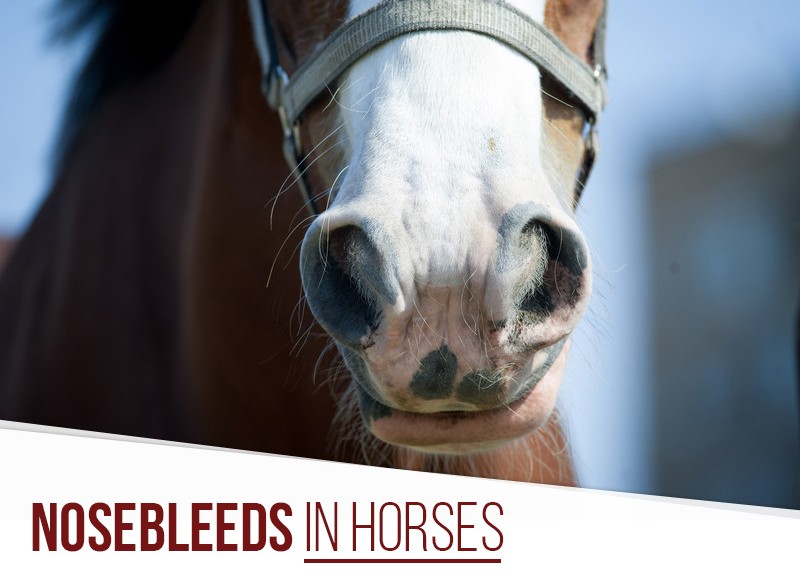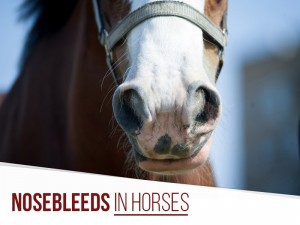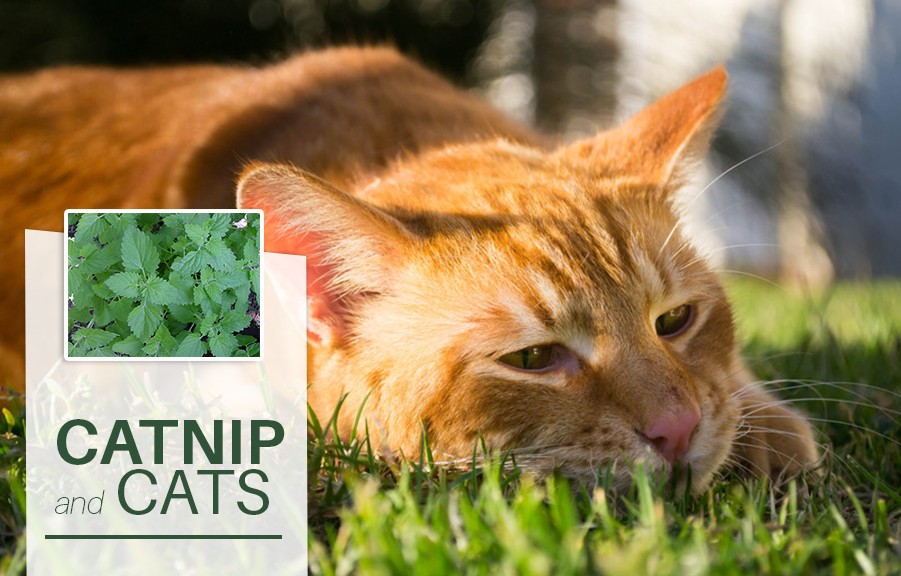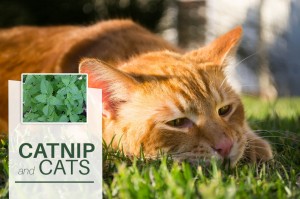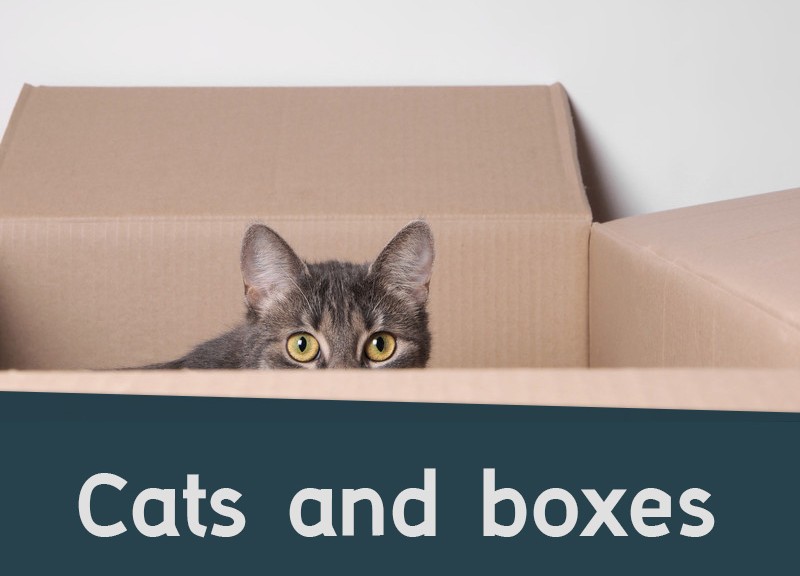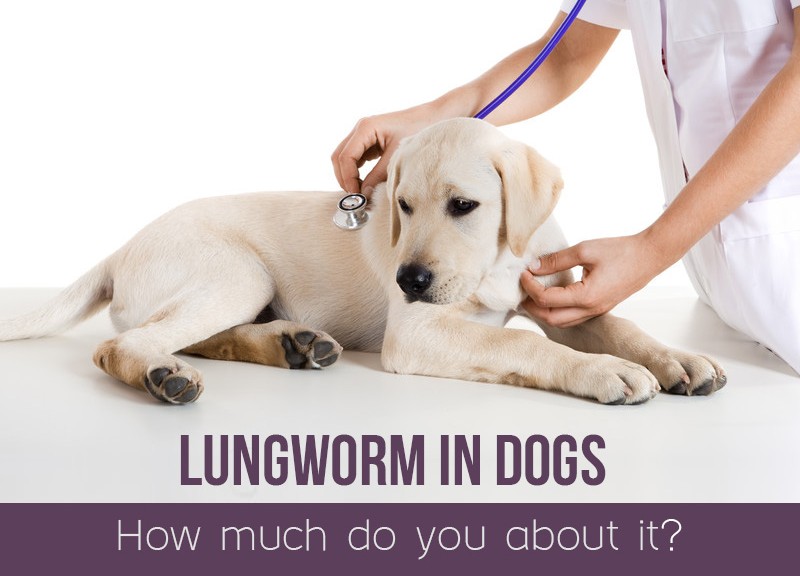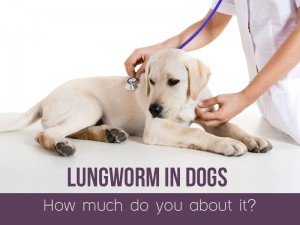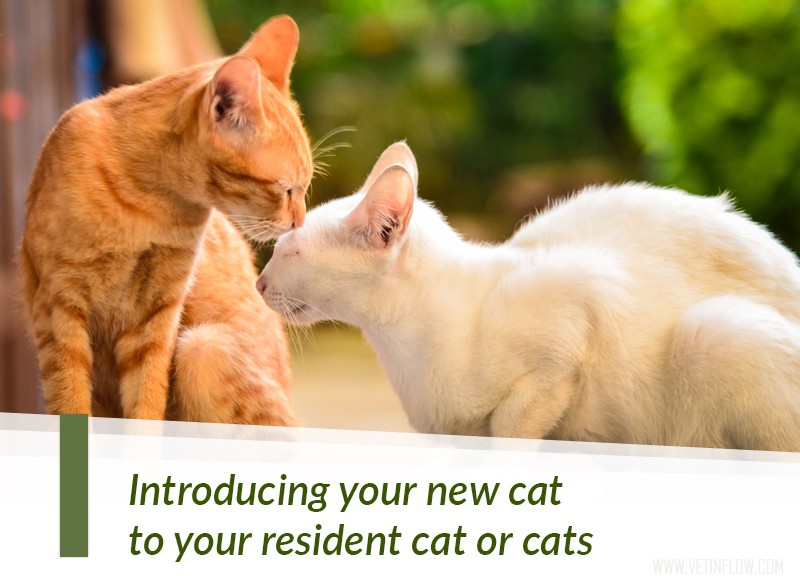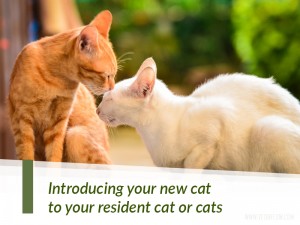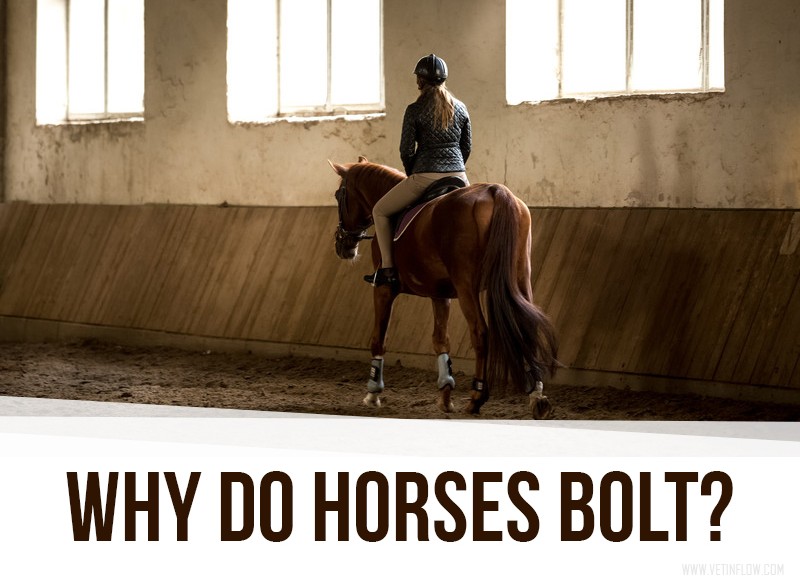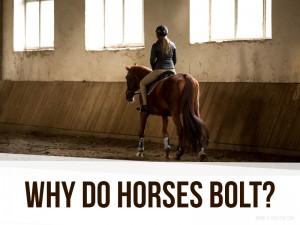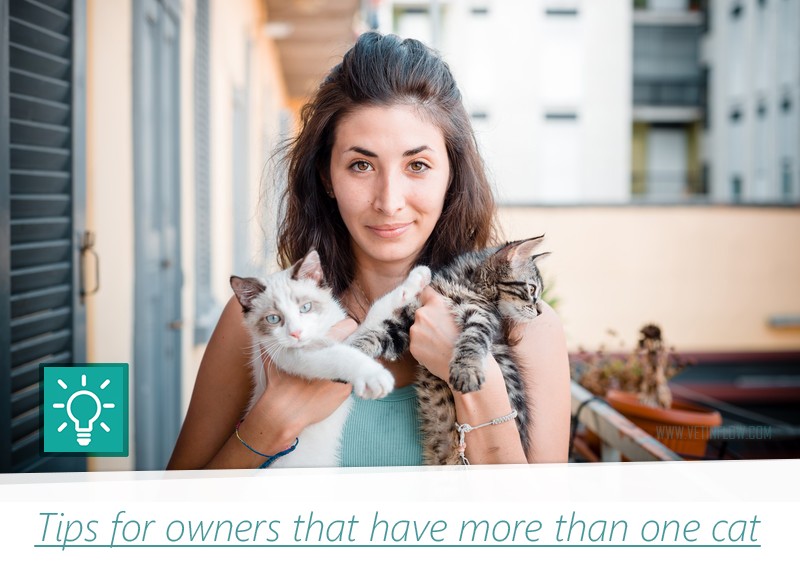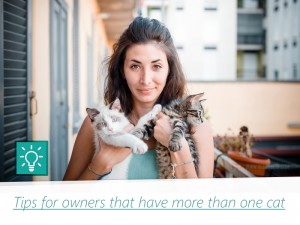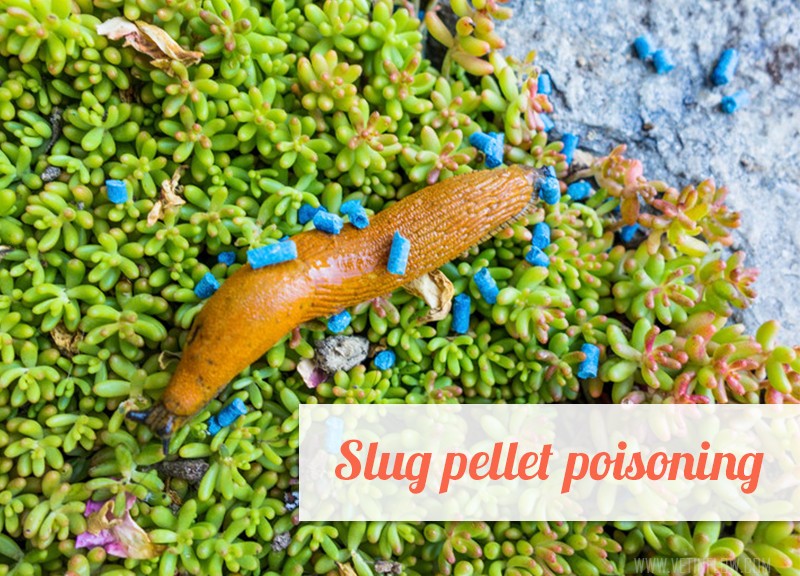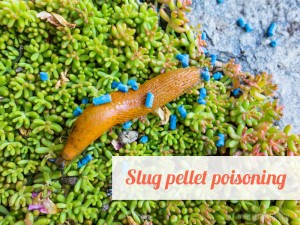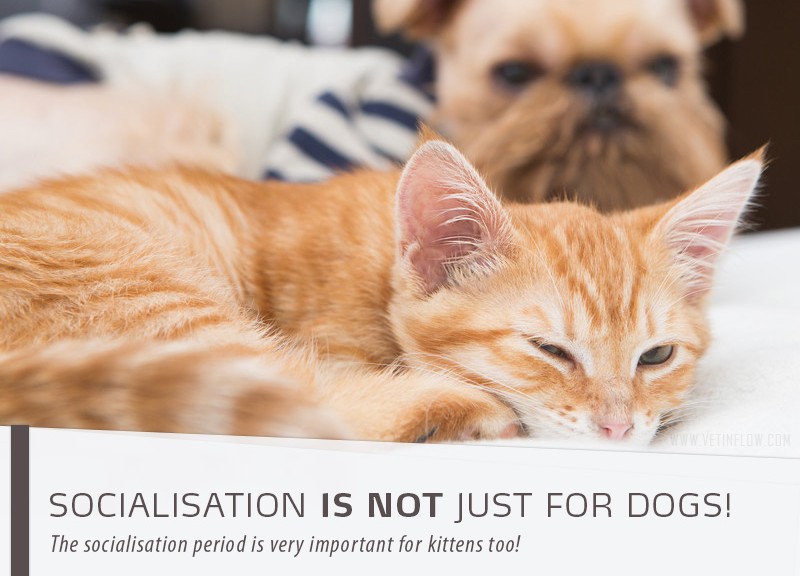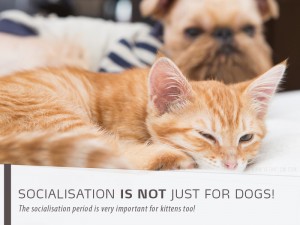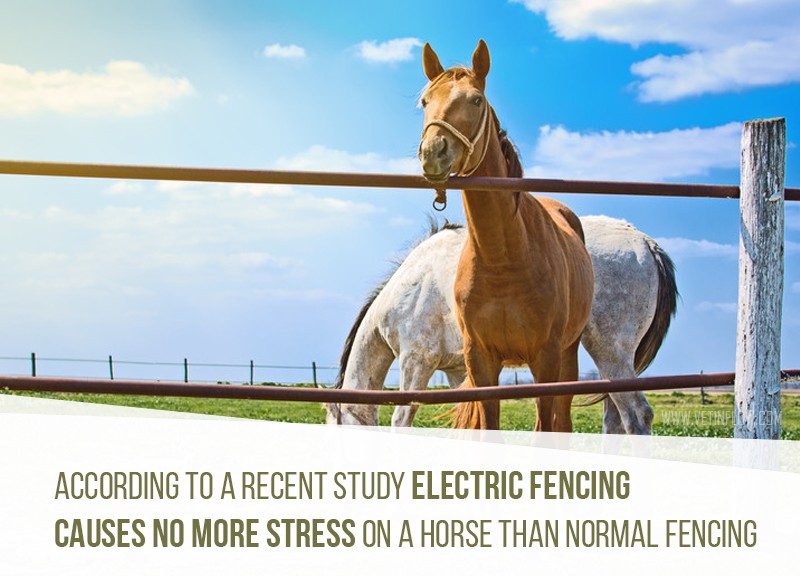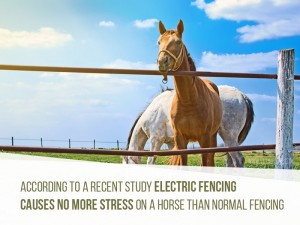It’s important for horse owners to know more on what could be causing a nosebleed on a horse so they feel more confident to handle this situation, if they ever have to deal with it.
Nosebleeds or epistaxis are relatively common in horses and depending on what is causing them, they will often stop on their own. A horse’s nasal passages have an incredible amount of blood vessels. This means that a simple knock on the head can lead to a nosebleed with a considerable amount of blood, which can scare horse owners. This type of nosebleed is usually not serious and will stop in about 15 minutes.
More serious nosebleeds however will present a larger bloody discharge coming from one or both of the horse’s nostrils. Although trauma is the most common cause of nosebleeds in horses, epistaxis can occur for other reasons:
- Viral and bacterial infections in a horse’s nasal passages
- Teeth infections
- Sinus inflammation and infections
- Foreign bodies (a twig for example) lodged in the nose or throat
- Ethmoidal haematomas, masses of blood growing in the nasal passages
- Masses such as tumours or cysts caused by bacterial or viral infection
- Exercise-induced pulmonary haemorrhage (EIPH), when blood comes from the nostrils of a racehorse after a hard race
Gutteral pouch mycosis, which is caused by a fungus growing in the horse’s gutteral pouches.
The guttural pouches are lined with important vessels and the internal carotid artery is one of them. If the fungus grows enough it can damage these vessels and lead to a life-threatening nose bleed.
The guttural pouch mycosis is a rare condition but it is also one of the most serious causes of nosebleeds in horses.
If your horse’s nosebleed involves large amounts of blood, lasts more than 15 minutes, seems to be persistent, or if you are concerned about your horse’s welfare, seek veterinary assistance.
Would you like to know more about horses? Check our Equine Courses:
